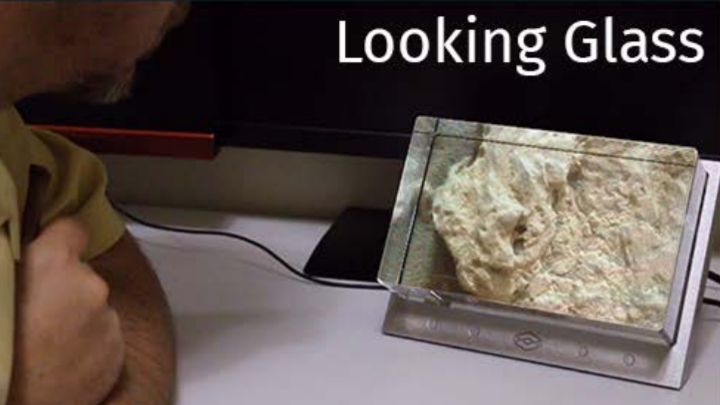From heterogeneous data to heterogeneous public: thoughts on transmedia applications for digital heritage research and dissemination
PubDate: May 2019
Teams: CESR
Writers: Damien Vurpillot (CESR), Perrine Pittet (CESR), Johann Forte (CESR), Benoist Pierre (CESR)

Abstract
In recent years, we have seen a tenfold increase in volume and complexity of digital data acquired for cultural heritage documentation. Meanwhile, open data and open science have become leading trends in digital humanities. The convergence of those two parameters compels us to deliver, in an interoperable fashion, datasets that are vastly heterogeneous both in content and format and, moreover, in such a way that they fit the expectation of a broad array of researchers and an even broader public audience. Tackling those issues is one of the main goal of the “HeritageS” digital platform project supported by the “Intelligence des Patrimoines” research program. This platform is designed to allow research projects from many interdisciplinary fields to share, integrate and valorize cultural and natural heritage datasets related to the Loire Valley. In this regard, one of our main project is the creation of the “Renaissance Transmedia Lab”. Its core element is a website which acts as a hub to access various interactive experiences linked to project about the Renaissance period: augmented web-documentary, serious game, virtual reality, 3D application. We expect to leverage those transmedia experiences to foster better communication between researchers and the public while keeping the quality of scientific discourse. By presenting the current and upcoming productions, we intend to share our experience with other participants: preparatory work and how we cope with researchers to produce, in concertation, tailor-made experiences that convey the desired scientific discourse while remaining appealing to the general public.



